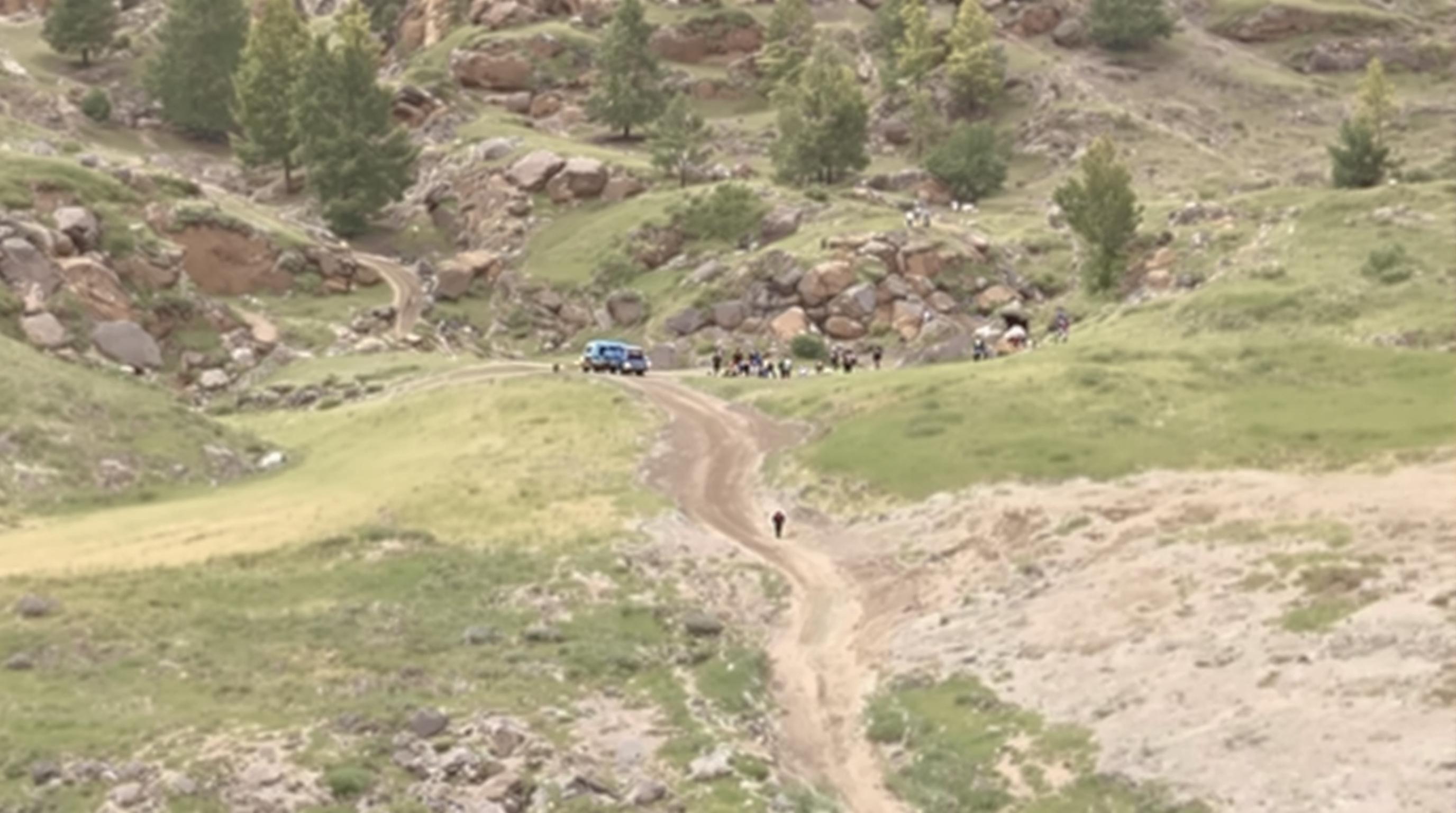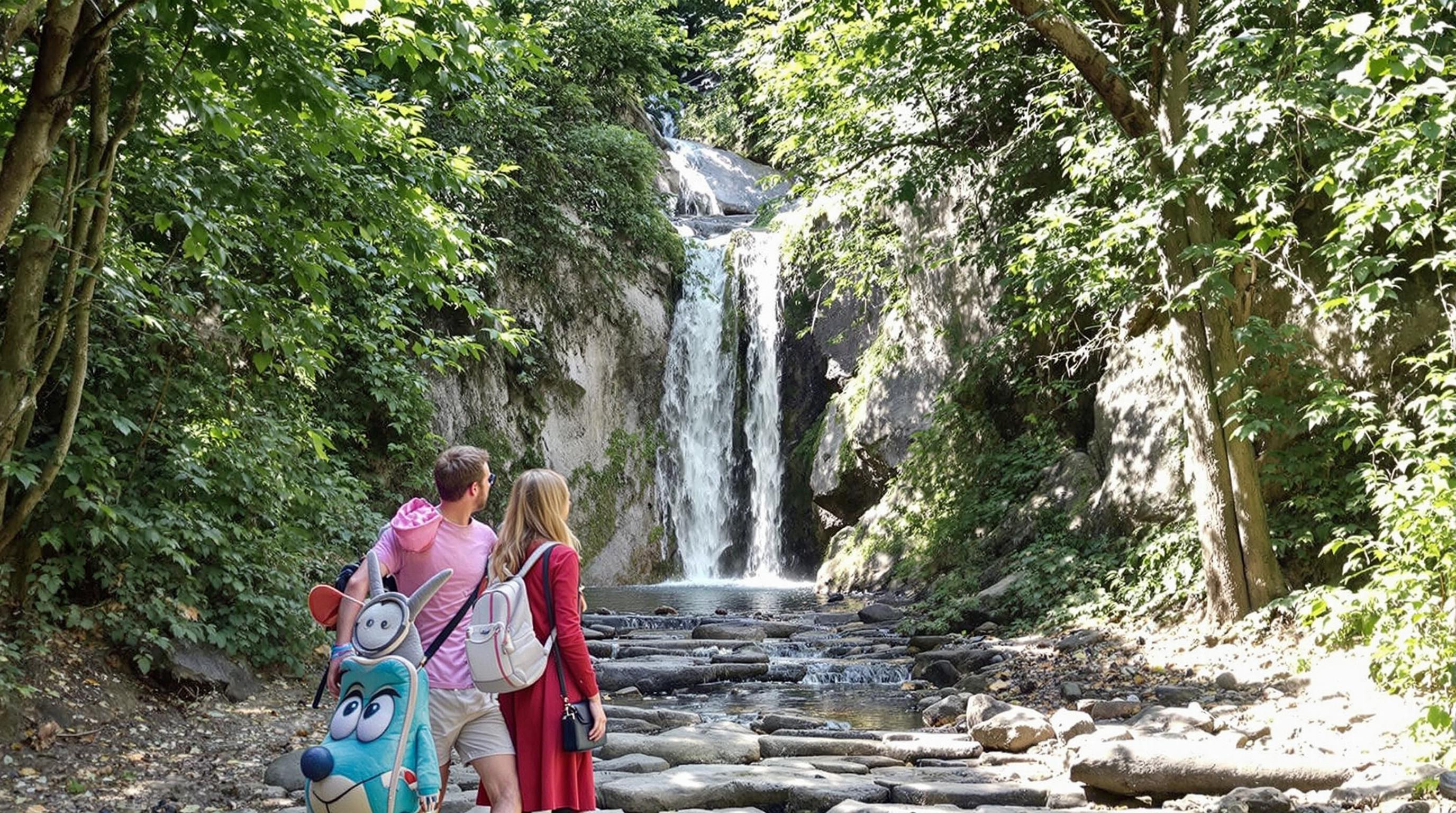Related Articles
- Uncharted Escapes: Navigating the Controversial Allure of Fringe Destinations and Their Untold Stories
- Uncharted Realms: The Surprising Intersection of Urban Legends and Adventure Travel in Offbeat Locations
- Curious Chronicles: Bizarre Transport Innovations Shaping Uncommon Explorations Across Unvisited Trails
- The Forgotten History of Eco-Adventuring: Learning from Indigenous Practices for Modern Exploration
- The Hidden Impact of Eco-Conscious Adventure Games on Environmental Education and Community Resilience
- Uncommon Routes: The Unexpected Appeal of Ghost Town Hikes in Eco-Friendly Exploration
Curious Chronicles: Bizarre Transport Innovations Shaping Uncommon Explorations Across Unvisited Trails
Curious Chronicles: Bizarre Transport Innovations Shaping Uncommon Explorations Across Unvisited Trails
Innovation is reshaping the way we traverse uncharted territories, giving rise to incredible modes of transport that were once the stuff of science fiction. From hoverboards to solar-powered bikes, these curious innovations are not just curiosities but vital tools for explorers eager to chart uncommon paths.
The Rocket-Powered Motorcycle: A Need for Speed
Imagine cruising along winding trails at speeds that make the wind whistle by your ears—enter the rocket-powered motorcycle. This marvel is engineered to propel riders into the realm of jet-like velocity, reaching speeds of over 300 miles per hour. It's not just a thrill; it's a tangible showcase of engineering prowess. In 2022, former rocket engineer "Evil" Knievel (no relation to the famed stuntman) set the world record for the fastest motorcycle speed by utilizing rocket technology. This innovation exemplifies the human desire for speed and the lengths we will go to achieve it.
Aerial Adventures: Drones as Your Travel Companion
Conversationally speaking, have you ever considered a drone as a travel buddy? Drones are being ingeniously utilized for exploration, scouting isolated trails and offering breathtaking aerial footage of places that would otherwise remain undiscovered. In fact, a 2023 study indicated that drone-assisted hikers were able to find routes that improved their hiking efficiency by up to 50%. Talk about the power of technology transforming how we experience the great outdoors!
Walkable Cities and Solar-Powered Shoes: Future Footwear
As urban areas become increasingly congested, futuristic innovations like solar-powered shoes are stepping into the spotlight. Yes, you read that right! These shoes gather sunlight and convert it into energy, allowing the wearer to charge their mobile devices while sipping coffee at a park. Treading on uncommon trails has never been so convenient or eco-friendly. The concept is gaining traction, especially among environmentally conscious teenagers, making it a perfect example of innovation meeting sustainability.
Walking in Air: The Hoverboard Revolution
Imagine gliding over the ground effortlessly, defying gravity with your trusty hoverboard. By utilizing magnetic levitation, current hoverboard designs promise a smooth ride over unvisited trails, allowing explorers to reach places previously thought unapproachable. Companies like HENDO have made headlines, claiming their hoverboards can lift and hover above surfaces, making them not just a thrill-seekers' gadget but a potential mode of transport in areas with difficult terrain.
Case Study: The Solar-Powered Boat at the World’s End
Let us venture to the remote waterways of Patagonia, where researchers employed a solar-powered boat for environmental study and exploration of untouched regions. In a 2021 expedition, the vessel not only traveled 350 kilometers but did so entirely solar-powered. The project illustrated how innovations in transport can bridge ecological research and tourism, enabling individuals to discover and understand some of the world's last wildernesses sustainably.
Wheeled Camel: A Revamped Approach to Trails
If you thought camels were just for the deserts, think again! The wheeled camel, an invention inspired by ancient transport, is now reinvented with modern technology to navigate rugged terrains. This bizarre yet fascinating vehicle integrates the familiar shape of a camel with a wheeled framework, enabling it to navigate rocky paths while carrying heavy loads. Adventurers agree—this quirky fusion is not only a conversation starter but also a robust means of transport.
The Science Behind It All: Data-Driven Exploration
In recent years, big data has emerged as a game-changer for trail discoverers. Through careful analysis, explorers can now pinpoint lesser-visited trails using statistics reflecting foot and vehicle traffic, weather patterns, and geological layouts. This scientific approach, endorsed by the American Hiking Society, enables enthusiasts not only to find solitude but also to assess environmental impacts more accurately.
Clever Bots and Robot Guides: The Future of Exploration
Picture this: you're in the thick of an unexplored trail, and there’s a robot guide right beside you, equipped with GPS navigation and survival tips. With AI advancements, such robot assistants can explore unvisited trails, documenting flora and fauna while ensuring a safe route for their human companions. The intriguing part? These robots are being equipped with augmented reality (AR) to help hikers better understand the environment around them, making each journey an extraordinary amalgamation of technology and nature.
Outdoor Storytelling: The Legend of the Air Bike
Adventurers recount the epic tale of the Air Bike—a fantastical cycle capable of traveling short distances through the air, using rotors like a drone to lift off the ground. Legend has it an amateur inventor, inspired by a childhood dream of flight, managed a prototype only to have it crash-land into a tree during a public demonstration. Although merely a story for now, technology is rapidly evolving, suggesting we may one day ride our bikes into the sky!
The Case Against Conventional Transport
As the world continues adapting to urban needs, the environmental implications of traditional transport cannot be overlooked. Cars emit approximately 4.6 metric tons of carbon dioxide per year, per vehicle, according to the Environmental Protection Agency (EPA). Emphasizing a shift towards eco-friendly transport solutions, innovators are transforming how we think about our journeys. Hence, investing in bizarre but innovative transportation methods ultimately benefits not only adventurers but the planet as a whole.
Investor Insights: The Market for Innovative Transport
Investors are increasingly eyeing these transport innovations as the next big thing, with market research showing that the global electric bike market is expected to reach a staggering $38 billion by 2030. The growing consumer demand for off-beat transport solutions hints at a bright future for those willing to explore the paths less travelled. This is not just about being unique but also about responding to a pressing market need.
In the Footsteps of History: The Segway's Lasting Impact
Though often viewed as a momentary fad, the Segway has had a surprisingly long-lasting influence on modern transport. Introduced in 2001, its design concept sparked a plethora of innovations—including e-scooters and standup electric bikes—currently making waves around urban settings. With countless city dwellers opting for two-wheeled enhancers as a faster, eco-friendly alternative to cars, the Segway paved the way for an alternative vision of urban transport.
Curiosity Fuels the Future
Curiosity is part of what drives innovation, as exemplified by the advances we've discussed. Each innovative transport mode not only opens doors to uncommon explorations but also challenges our perceptions of travel. As we embrace these peculiar modes of transportation, we propel ourselves into the future—one offbeat journey at a time. Think about your next expedition: will you choose a venture on an old-fashioned bike, or dare to glide through the air on a hoverboard?
The Endless Frontier
In conclusion, the transport innovations reshaping unexplored territories present curious possibilities. With enthusiasm for adventure and technology weaving closer together, the trails of tomorrow await those bold enough to step off the beaten path. So, grab your drone, strap on your solar-powered shoes, and prepare for a uniquely exhilarating ride on life’s unconventional highways!





